Archives
- 2025-12
- 2025-11
- 2025-10
- 2025-09
- 2025-04
- 2025-03
- 2025-02
- 2025-01
- 2024-12
- 2024-11
- 2024-10
- 2024-09
- 2024-08
- 2024-07
- 2024-06
- 2024-05
- 2024-04
- 2024-03
- 2024-02
- 2024-01
- 2023-12
- 2023-11
- 2023-10
- 2023-09
- 2023-08
- 2023-06
- 2023-05
- 2023-04
- 2023-03
- 2023-02
- 2023-01
- 2022-12
- 2022-11
- 2022-10
- 2022-09
- 2022-08
- 2022-07
- 2022-06
- 2022-05
- 2022-04
- 2022-03
- 2022-02
- 2022-01
- 2021-12
- 2021-11
- 2021-10
- 2021-09
- 2021-08
- 2021-07
- 2021-06
- 2021-05
- 2021-04
- 2021-03
- 2021-02
- 2021-01
- 2020-12
- 2020-11
- 2020-10
- 2020-09
- 2020-08
- 2020-07
- 2020-06
- 2020-05
- 2020-04
- 2020-03
- 2020-02
- 2020-01
- 2019-12
- 2019-11
- 2019-10
- 2019-09
- 2019-08
- 2019-07
- 2019-06
- 2019-05
- 2019-04
- 2018-11
- 2018-10
- 2018-07
-
The overall very satisfactory potency profile of compounds
2021-10-23
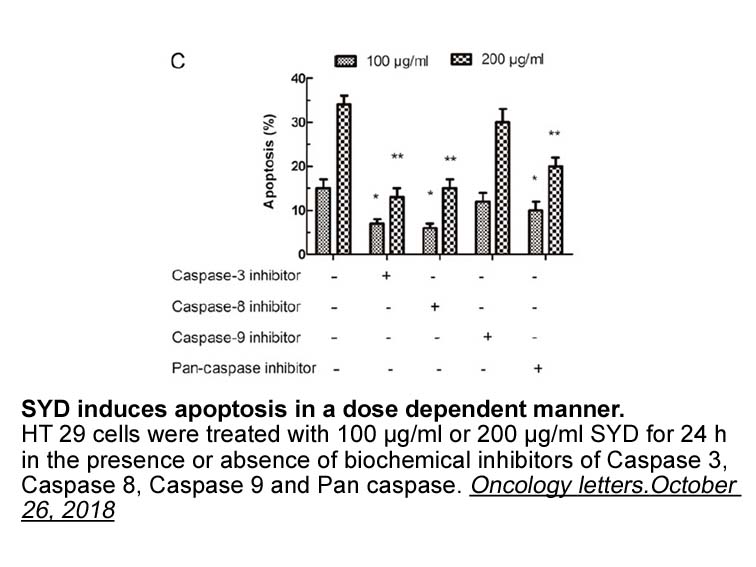
The overall very satisfactory potency profile of compounds 7a–l suggests that 1,3,4-thiadiazole-2-carboxamide moiety was a suitable periphery group to add to the 3-phenylpropanoic ZM 306416 receptor core in order to improve affinity to FFA1. The agonist activity in this series appears to be particu
-
Receptor activator of NF B
2021-10-22
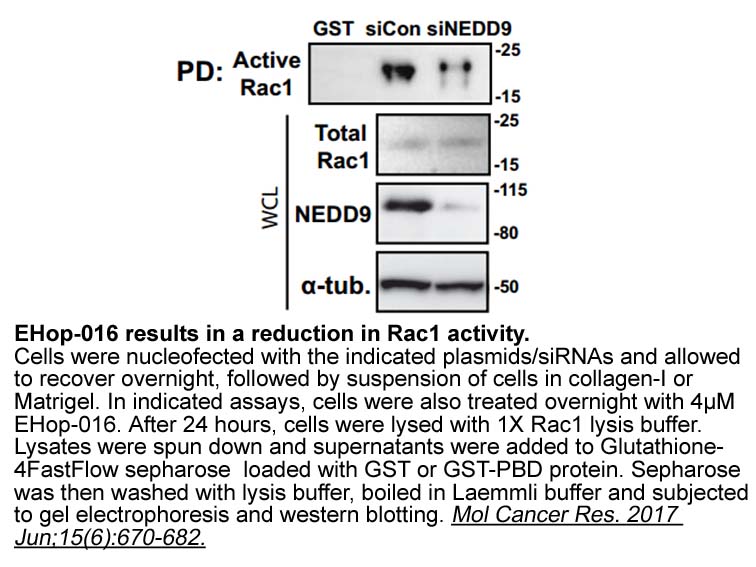
Receptor activator of NF-κB ligand (RANKL) and macrophage colony-stimulating factor (M-CSF) stimulate the generation of osteoclast verapamil hydrochloride [10], [11], [12], [13]. In response to sphingosine 1-phosphate (S1P) signaling, osteoclasts then attach to regions of bone undergoing resorption
-
br Factor Xa an enzyme in the
2021-10-22
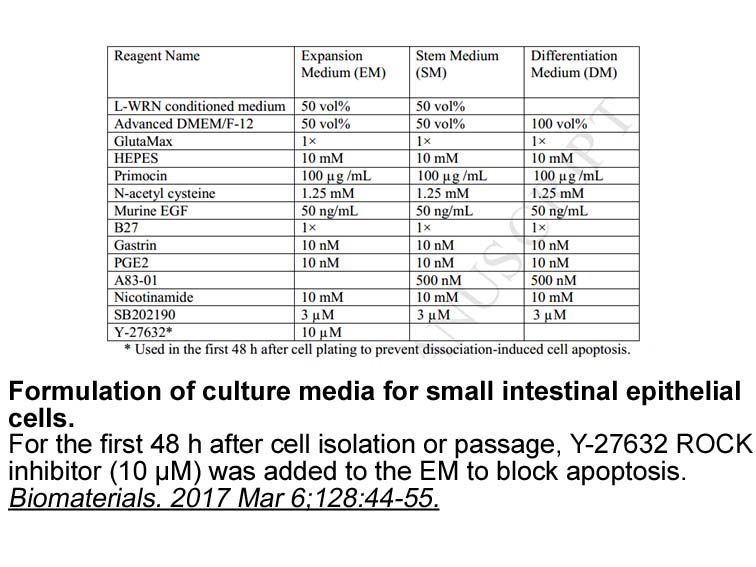
Factor Xa, an enzyme in the coagulation cascade, has recently been identified as having a role in inflammation, generating interest in factor Xa inhibitors as anti-inflammatory agents beyond their established use as anticoagulants [, , , ]. We report sustained clinical and electrophysiologic impro
-
While IN inhibitors are a relatively
2021-10-22
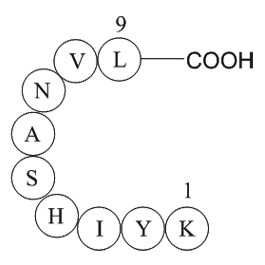
While IN inhibitors are a relatively new addition to the clinician's palette of drugs to formulate HAART regimes, resistance to both INSTIs and LEDGINs has been observed. For example, even within Australia where it is estimated that 25,313 people are currently living with HIV and the infection rate
-
DIS used standard methods for locating and
2021-10-22
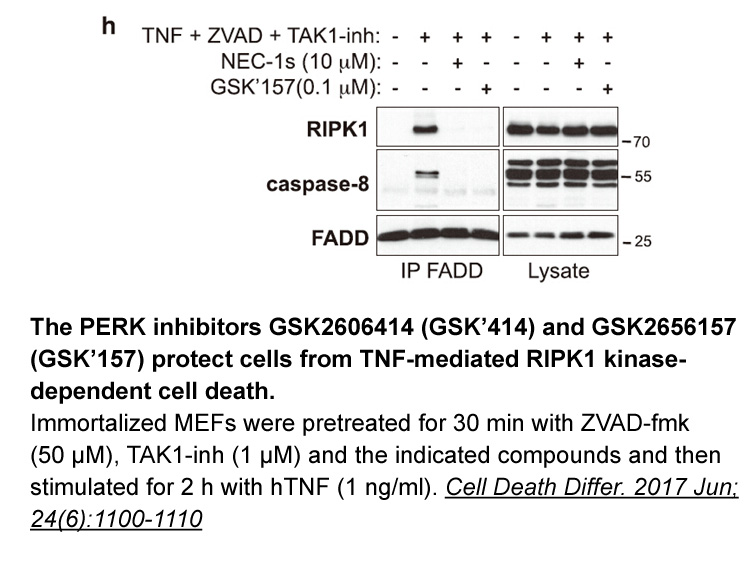
DIS used standard methods for locating and contacting persons for interview, including the use of phone calls, letters, in person contact, and contact through social media. During this time period, contacts of persons with diagnosed HIV (first-generation contacts) were tested for HIV and, regardless
-
Here we report the kinetics of inhibition
2021-10-22
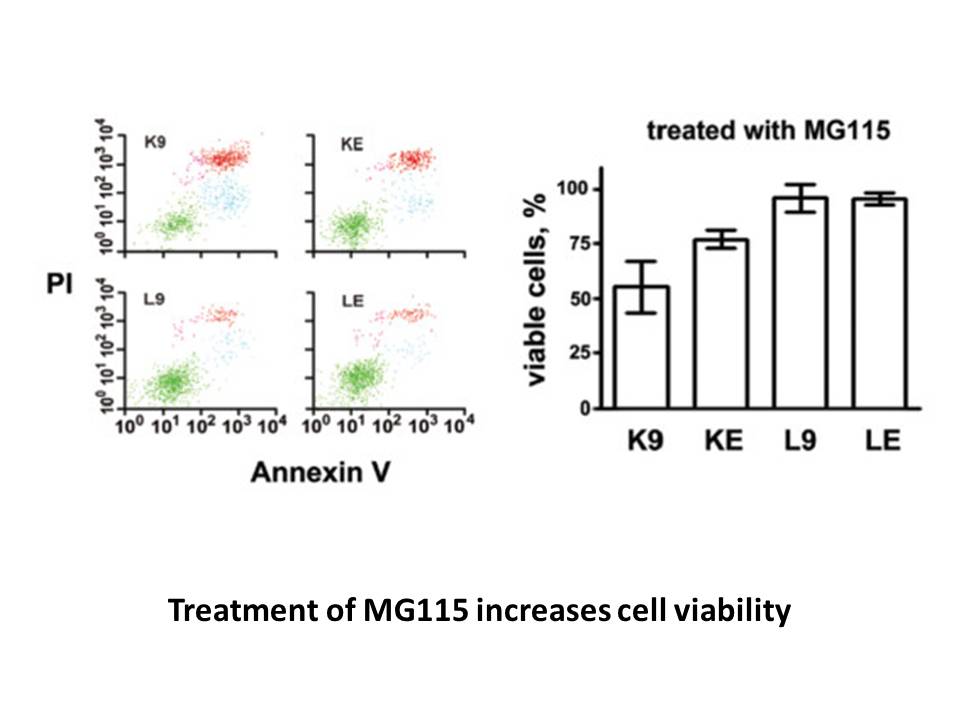
Here, we report the kinetics of inhibition of the MYST HAT family member KAT8 by MG149, and a calculation of the inhibitory constant Ki of MG149 for KAT8. The inhibition of HATs by MG149 could be correlated to inhibition of histone acetylation in murine PCLS upon MG149 treatment, as determined by a
-
A second feature of the Ras type GTPases is that
2021-10-22
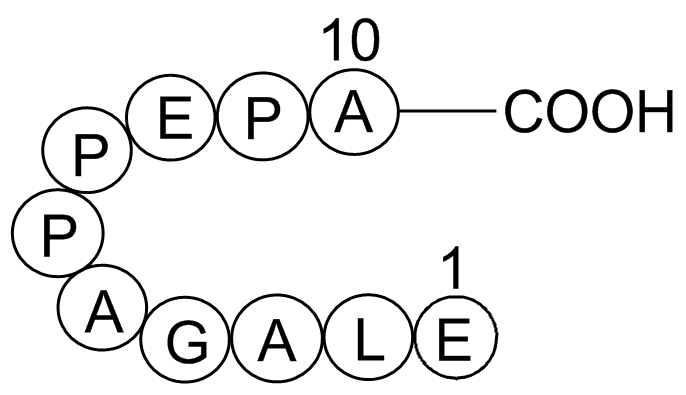
A second feature of the Ras-type GTPases is that their ‘on’ and ‘off’ states are temporally and often spatially separated from one another. This feature is essential for GTPases mediating signaling and other processes that need to be kept ‘off’ until the arrival of signaling cues. The need to recrui
-
TRAPP Transport Protein Particle complexes share a
2021-10-22
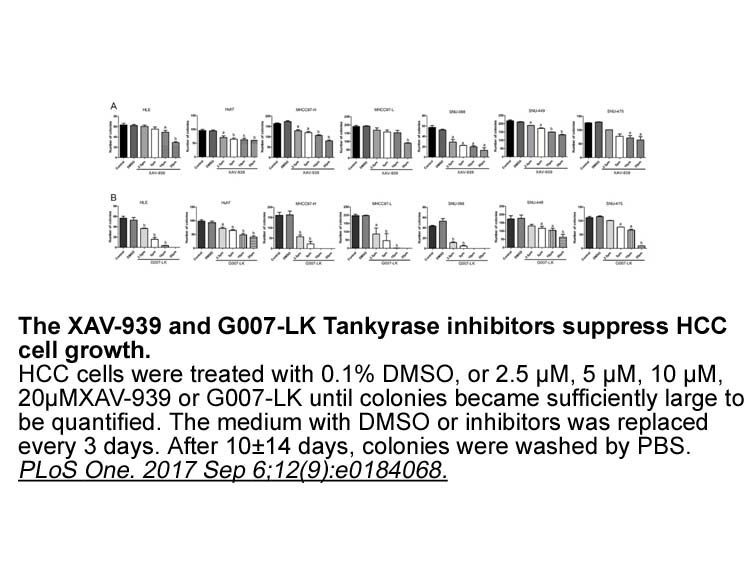
TRAPP (Transport Protein Particle) complexes share a common core architecture and function in Cepharanthine and autophagy (Kim et al., 2016). In yeast, the core complex has GEF activity for the Rab1 ortholog Ypt1. The larger TRAPPII and III complexes include regulatory subunits implicated in membra
-
br Rho protein networks in malignancy It has
2021-10-22
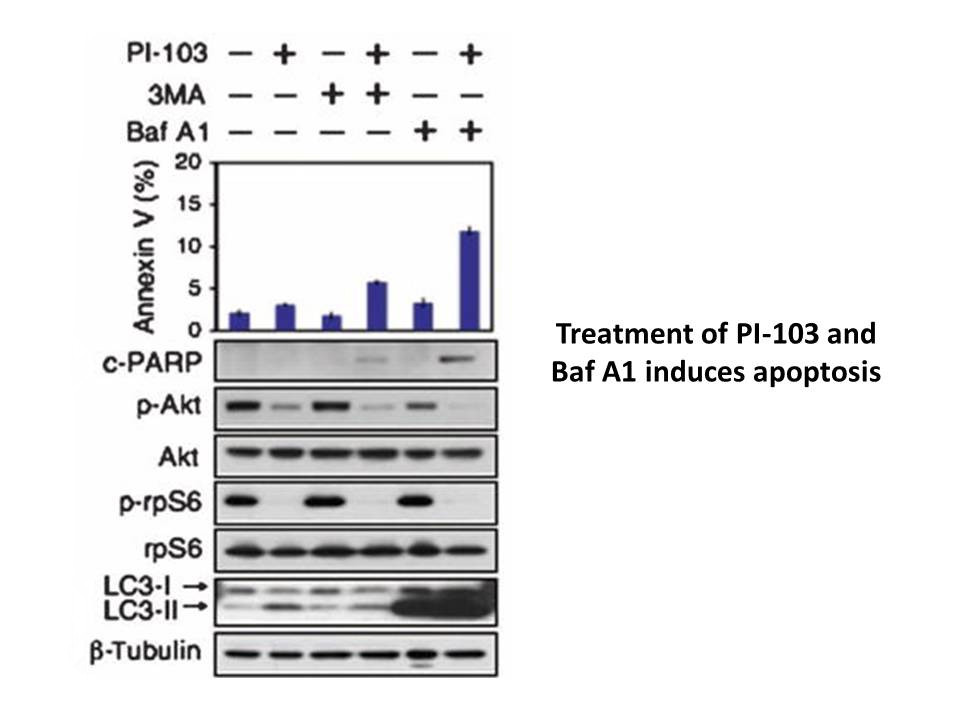
Rho protein networks in malignancy It has long been recognized that Rho activity and expression are frequently elevated in tumors (Fritz et al., 1999, Orgaz et al., 2014). In this chapter we will introduce the most prominent Rho proteins, their regulators and effectors and provide an overview of
-
Glutathione in reduced form GSH the tripeptide glutamyl cyst
2021-10-22
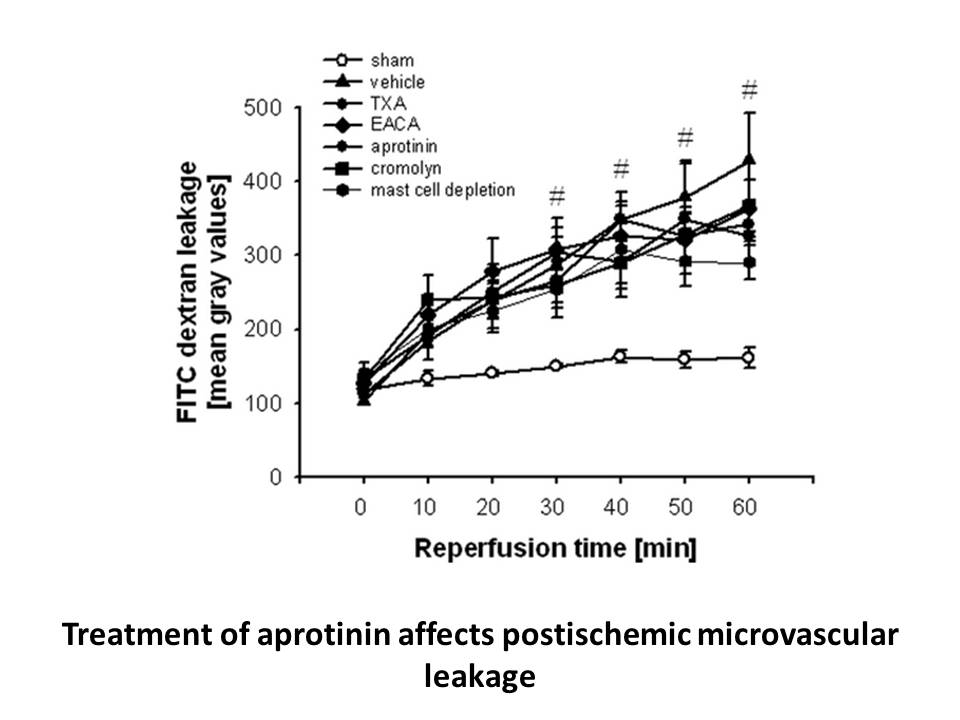
Glutathione in reduced form (GSH, the tripeptide, γ-glutamyl cysteinyl glycine) is a non-enzymatic low-molecular-weight antioxidant necessary for the maintenance of a cellular redox state (Noctor et al., 2012). At the stage of the transition from germination to seedling growth the process of cell di
-
UO 126 br Ketone body metabolism and neuronal excitability O
2021-10-22
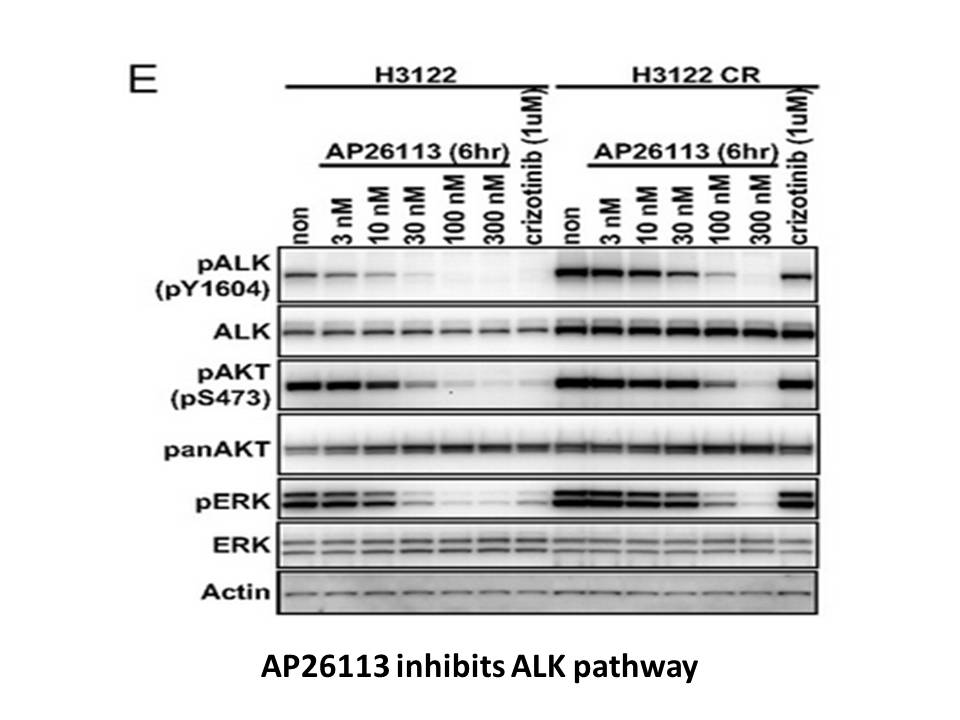
Ketone body metabolism and neuronal excitability One of the best examples of the close connection between metabolism and neuronal excitability is illustrated by the effect of ketone bodies on epileptic seizures. One third of patients suffering from epileptic seizures do not respond to conventiona
-
The soluble receptor for advanced glycation end products
2021-10-22

The soluble receptor for advanced glycation end products has been already studied in physiological and pathological pregnancy. In accordance to our previous studies we showed increased sRAGE serum levels in women with threatening premature labor [15] and we described a negative correlation of sRAGE
-
On the other hand we
2021-10-22
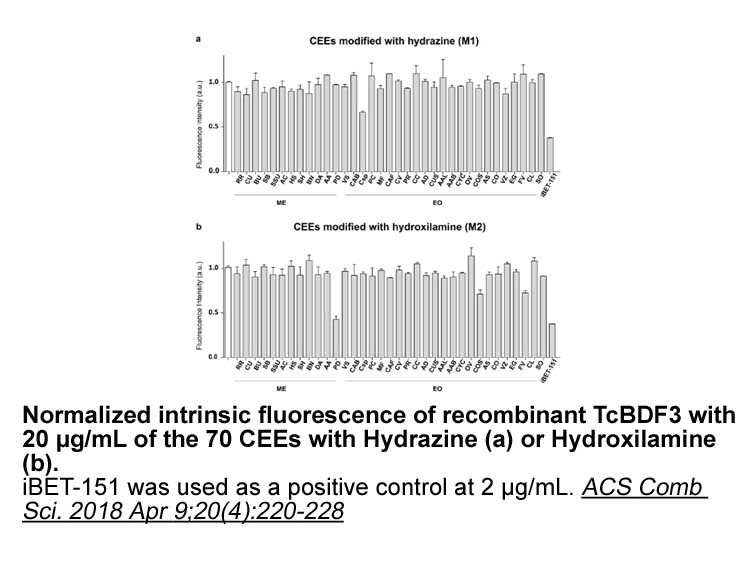
On the other hand, we have previously demonstrated that gelsemine displaced the H3-strychnine from membrane fractions of rat spinal cord homogenates. In addition, spinal gelsemine antinociception was blocked by intrathecal injection of the specific glycine receptor antagonist strychnine or gene sile
-
br Inclusion exclusion criteria br
2021-10-22
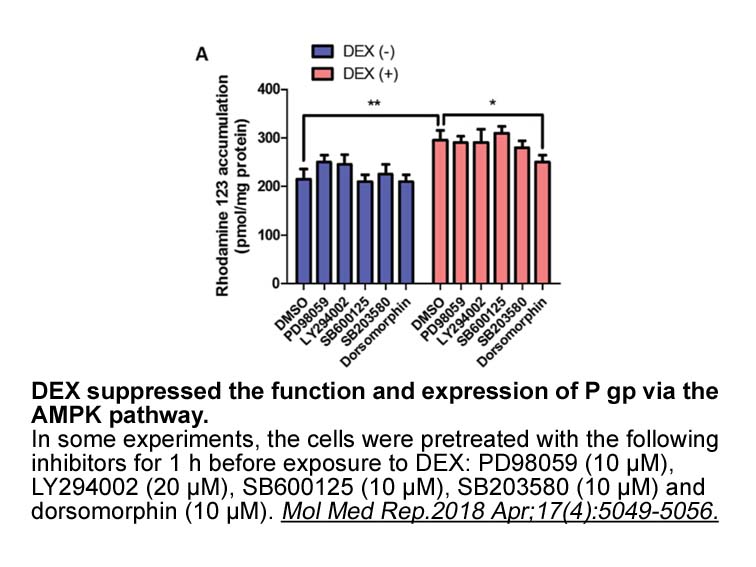
Inclusion/exclusion criteria Quality assessment All studies included in the qualitative synthesis were evaluated using the Quality Assessment Tool for Quantitative Studies (QATQS), which allows to determine their methodological quality. QATQS assesses 8 sections: selection bias, study design,
-
br Materials and methods br
2021-10-22

Materials and methods Results Conclusions We developed a glutamate biosensor with chitosan as a matrix for the immobilization of the enzyme glutamate oxidase on the surface of a platinum electrode. Our miniaturized biosensor of 50 µm in diameter can be applied for monitoring glutamate in vi
15925 records 555/1062 page Previous Next First page 上5页 551552553554555 下5页 Last page